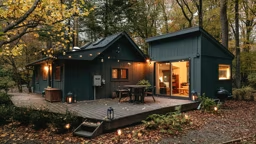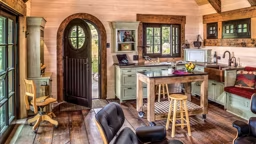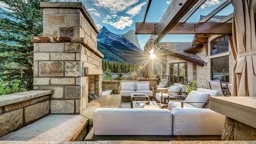Is it time to redo your deck or walkways? Maybe you’ve heard one neighbor talking about her Brazilian hardwood decking and another touting his composite decking. What to do? Here’s some guidance to help you decide:
Natural wood
- Redwood is best in the West. It’s beautiful, resists decay and insects and absorbs finishes well. Expensive, it can be quadruple that of pressure-treated wood.
- Cedar is a great lower-cost alternative to redwood. Choose custom clear grade for a contemporary cabin or knotty for a rustic effect.
- Cypress is a good choice for southern cabins. Stain can enhance its natural shades of red or tan.
- Exotic species such as ipe (Brazilian hardwood), teak and mahogany are strong and decay-resistant. Still, all require regular re-finishing to preserve their color.
- A clear finish that flaunts the grain is good, but semi-gloss finishes show the wood and last longer.
Pressure-treated (PT) wood
- These are woods – pine, hemlock, fir – that have been treated with a preservative to resist rot and insects. Different preservative levels are available – choose higher for decks close to the ground or in the shade.
- PT lumber is the most common and cost-effective deck material.
- Choose an opaque stain in a shade that complements or contrasts with your cabin.
- Up until 2004, chromated copper arsenate (CCA) was used. Concerns about leaching prompted a switchover to copper compounds. CCA decks should be regularly refinished to seal in toxic arsenic. If the finish is flaking, do not attempt to sand – leave refinishing to the pros.
Composite
- Synthetic products made from wood and recycled plastics are more expensive than natural wood, but are easier to bend into curved designs. Some can be stained, though spread rate (the volume of a coating that can cover a given area) and longevity vary due to the makeup of the composite.
- Consider new composite products built to withstand household spills (stain-resistant) and drops (scratch-resistant).










